Camp: Skarzysko Kamienna
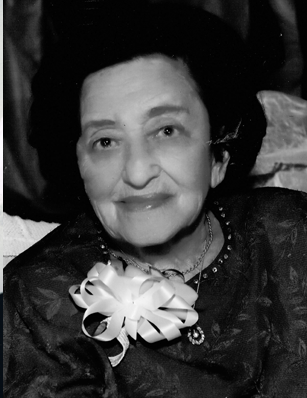
|
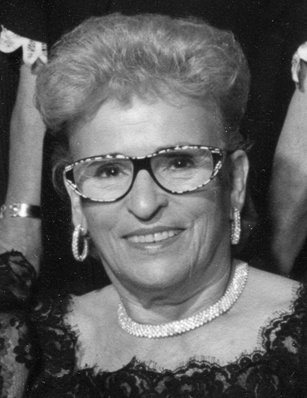
|
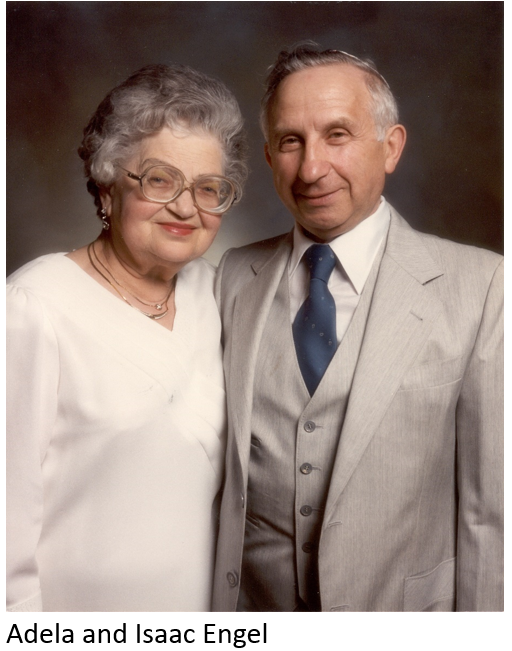
|
|
|
|
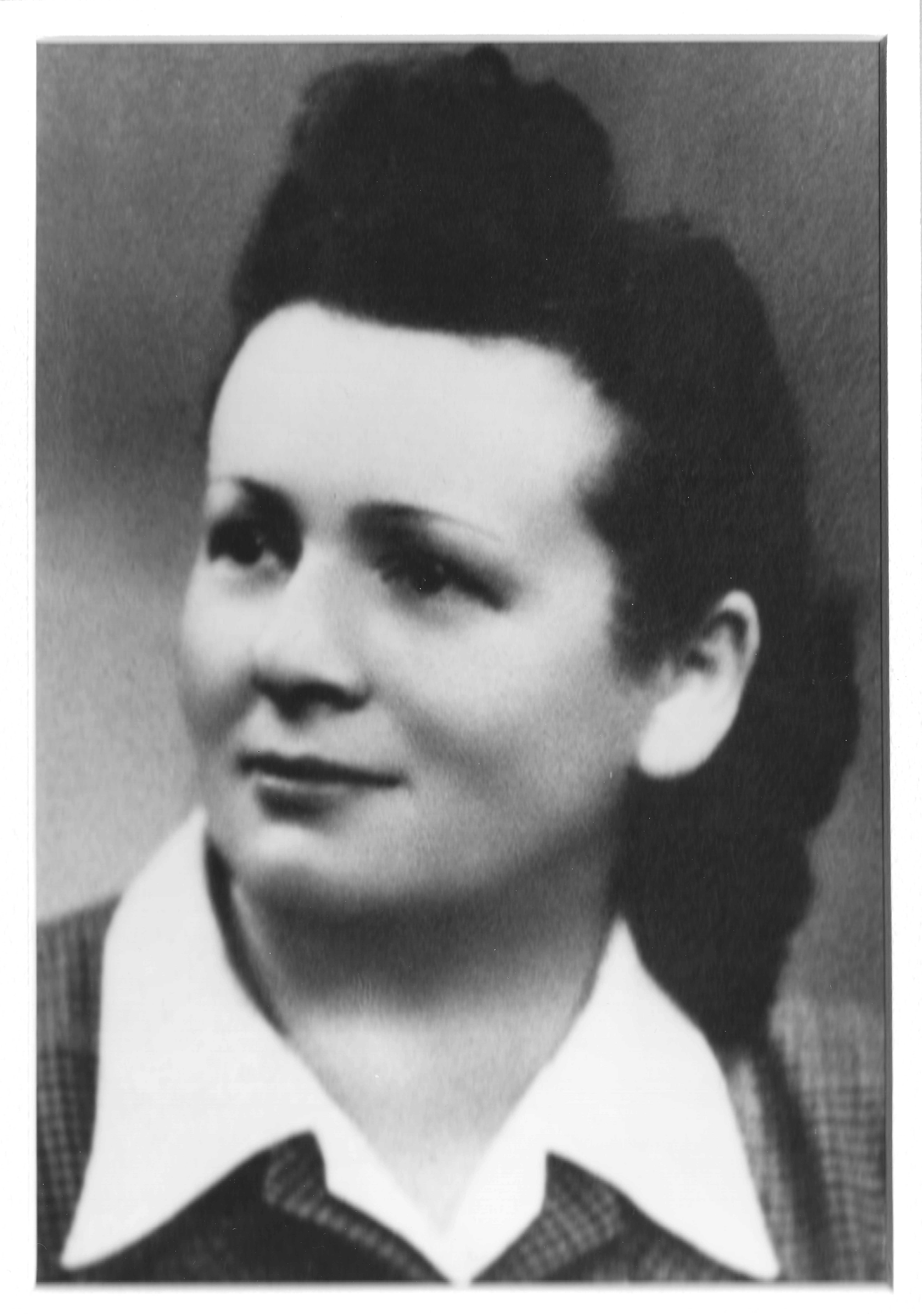
|
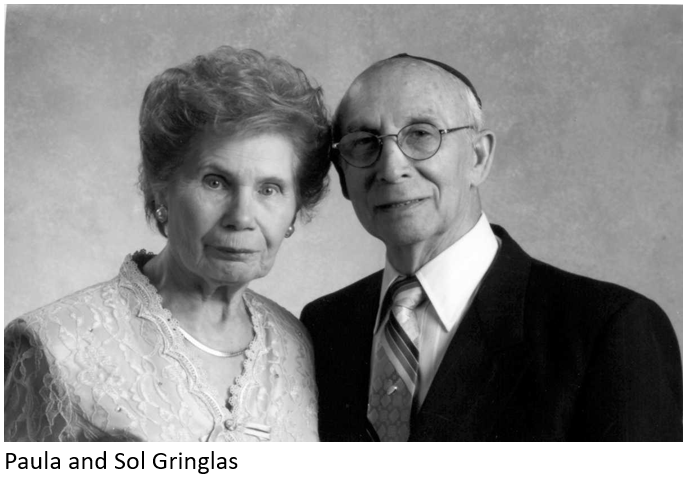
|
|
|
|
|
|
|
|
|
|
|
|
|
|
|
|
|
|
|
“(Kamienna in German sources), a forced labor camp for Jews, located in the Polish town of Skarzysko-Kamienna. The camp belonged to the German Hasag concern. It was established in August 1942 and was liquidated on August 1, 1944. Altogether, 25,000-30,000 Jews were brought to Skarzysko-Kamienna, and between 18,000-23,000 perished there.
“The camp was divided into three separate factory camps, known as Werke A, B, and C. The three camps were located next to the factories where the prisoners worked and were guarded by the Ukrainian factory police. Of the three factory camps, Werk A was the largest. Werk B shared administration and security with Camp A but had its own Council of Elders. The prisoners of both Werke A and B worked at producing ammunition. Werk C was attached to a filling plant, where underwater mines filled with picric acid were produced. This was the worst of the three camps because the acid poisoned the prisoners there within three months. All of the factories had two 12-hour shifts. Men and women, working together, were obliged to fill quotas they could not possibly fill. The sanitary conditions were unspeakable, and there was not nearly enough food. Prisoners were left to wear the same clothes for weeks. There were also terrible epidemics in the camps. Every once in a while there were selections - those prisoners chosen to die were killed by factory police. Only due to a great manpower shortage in the spring of 1944 did the living conditions get a bit better.
“Mass executions of prisoners from Gestapo jails took place in Camp C in late 1943 and early 1944. Right before Skarzysko-Kamienna was to be destroyed in the summer of 1944, the SS forced Jewish inmates to dig up the bodies of those victims and cremate them, in order to conceal evidence of mass murder. In late July many prisoners were massacred, and the 6,000 that remained were sent to Buchenwald and other German camps. Many of the German camp staff were tried in 1948; four were sentenced to death, while the rest were put in prison with varying sentences. (see alsoSelektion.)”
Yad Vashem. Shoah Resource Center. “Skarzysko-Kamienna.” http://www1.yadvashem.org/odot_pdf/Microsoft%20Word%20-%206028.pdfAccessed on 6/11/11.
Yad Vashem. Photo Archives.
Accessed on 6/11/11.
Contact us
thank you!
Your application is successfuly submited. We will contact you as soon as possible
thank you!
Your application is successfuly submited. Check your inbox for future updates.